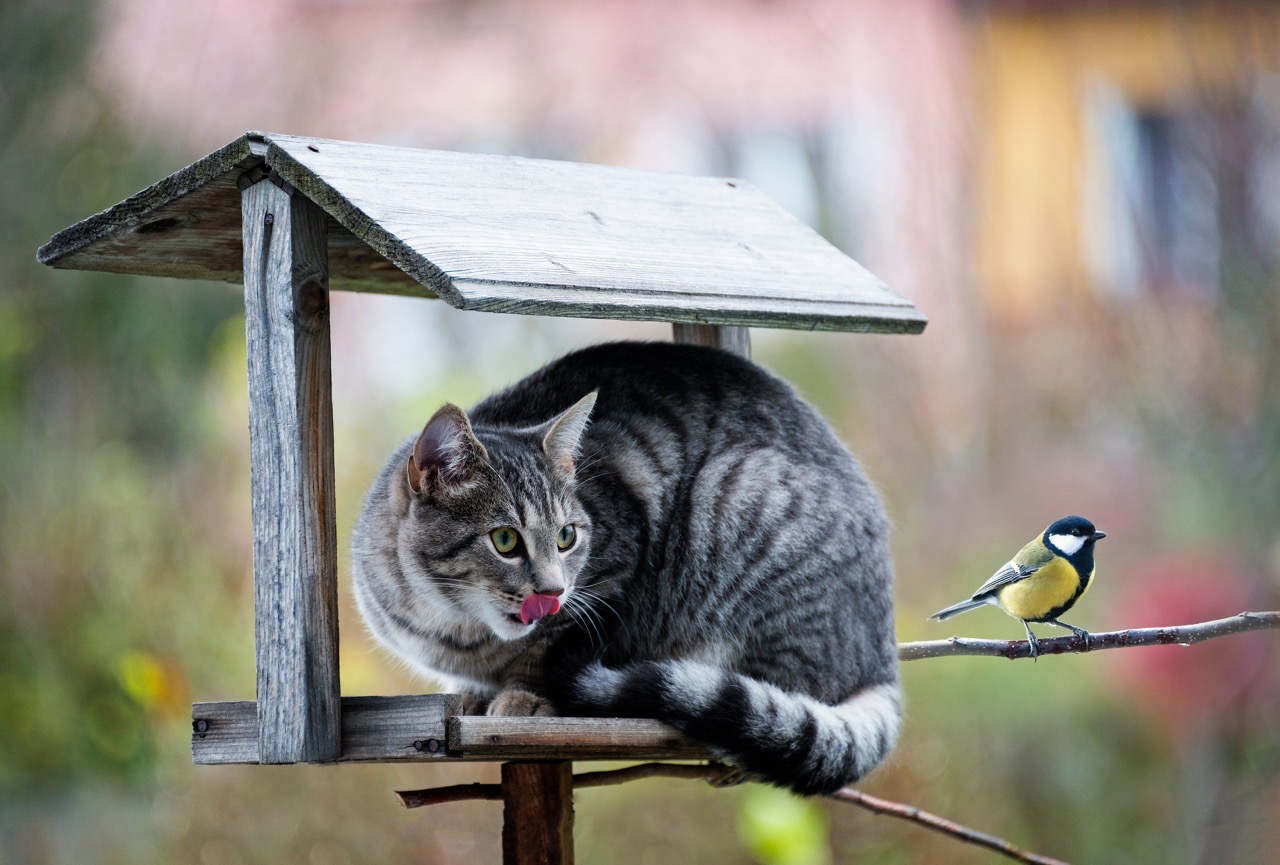
The bird flu, known scientifically as avian influenza (H5N1), has recently made alarming strides, spreading beyond birds to infect various mammals, including cats and even dairy cows. This development has raised significant concerns among health experts and pet owners alike, highlighting the need for increased vigilance and preventive measures.
A Widespread Issue
Since its emergence, avian influenza has primarily been a threat to bird populations. However, recent reports indicate that the virus has crossed species barriers, infecting mammals such as sea lions in South America, US dairy cows, and now, domestic cats. The Centers for Disease Control and Prevention (CDC) has documented several instances of H5N1 in mammals, marking a troubling evolution in the virus’s behavior
How Cats Are Affected By H5N1
Cats are particularly at risk if they come into contact with infected birds or other animals. The virus can be transmitted through ingestion of infected birds or exposure to contaminated environments. In March 2024, five cats in Texas were diagnosed with H5N1, all of which succumbed to the disease, underscoring the severity of this outbreak for felines.
Human Health Implications
While the primary concern has been animal health, there is a potential risk for humans. The CDC reported what might be the first documented case of avian influenza being transmitted from a mammal (a cow) to a human. This case occurred on a dairy farm in Texas, prompting an increase in monitoring and preventive measures for those working closely with animals.
Preventive Measures
To protect both pets and humans, the CDC recommends several precautions:
- Avoiding Contact with Sick Animals: People should steer clear of sick or dead birds and other animals. This includes avoiding environments that might be contaminated with the virus.
- Proper Hygiene Practices: Avoiding exposure to animal waste and not consuming raw milk are crucial steps. Pasteurized milk is safe to drink as the pasteurization process kills the virus.
- Personal Protective Equipment (PPE): Those who work with potentially infected animals should wear appropriate PPE to reduce the risk of transmission.
- For cat owners, the only way to keep your pet away from sick birds is to keep them away from birds altogether. That may mean keeping them indoors or in a catio for now. {source: The Catnip Times}
Monitoring and Response
The CDC and other health organizations are actively monitoring the situation. Over 550 people with potential exposure to infected animals have been monitored, with testing conducted for those showing flu-like symptoms. The surveillance systems are also being enhanced to detect any unusual trends in flu-like illnesses, especially in regions with known outbreaks.
Conclusion
The spread of bird flu to cats and other animals signifies a critical shift in the nature of this virus. It is essential for pet owners and those working with animals to stay informed and take preventive measures to protect themselves and their pets. As this situation evolves, continued vigilance and adherence to health guidelines will be paramount in mitigating the impact of this outbreak.
For more detailed information, you can read the full articles on the CDC website and The World. If you found this article interesting, you might also be interested in solving the cat-bird predation issue or which catio is best for you and your cat.
